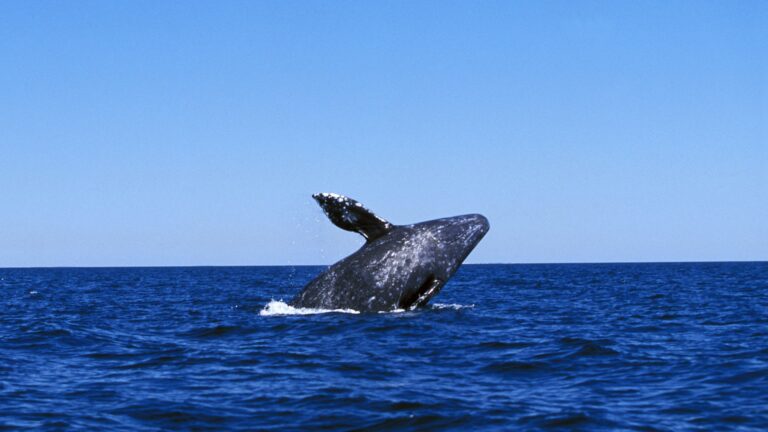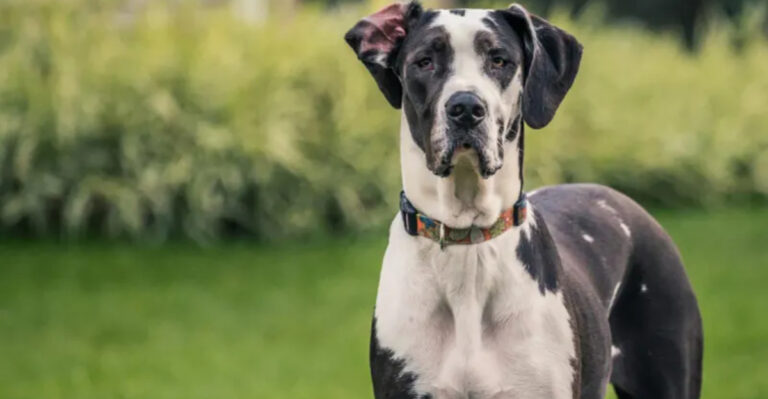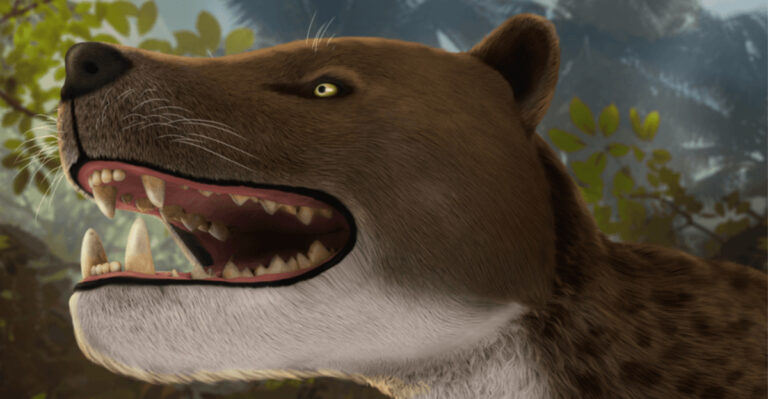15 Serious Questions Surrounding The De-Extinction Of The Dire Wolf
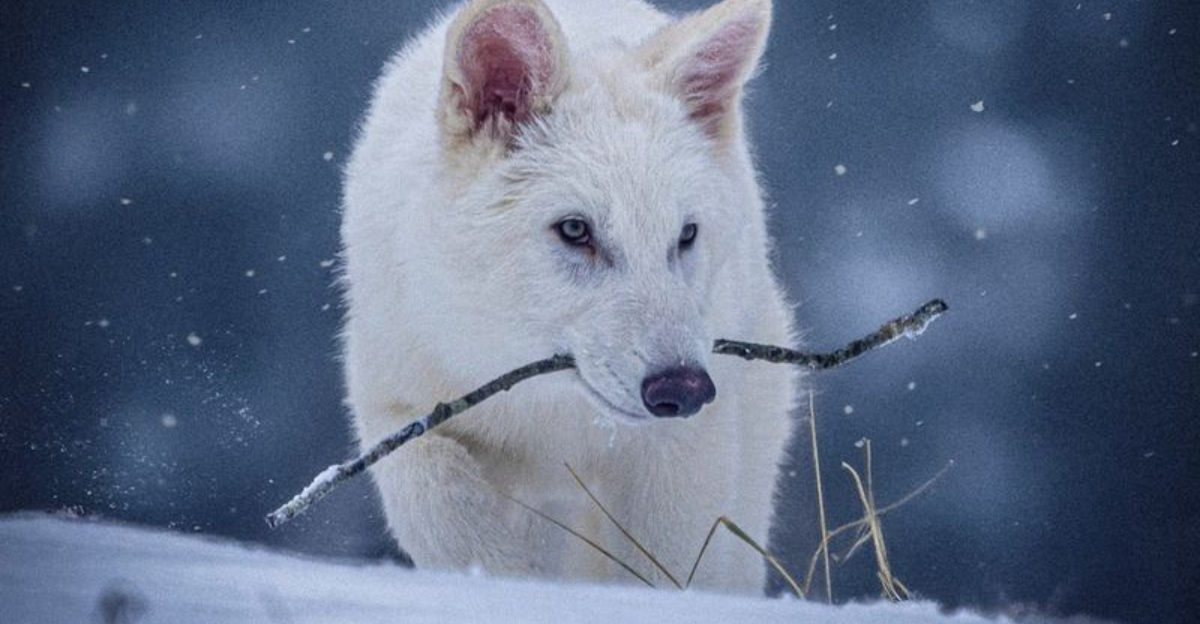
Scientists are now considering bringing back extinct animals through cloning and genetic engineering. The dire wolf, which vanished about 13,000 years ago, is one potential candidate for this de-extinction process.
While the idea sounds exciting—like something from a sci-fi movie—it raises many serious questions about ethics, ecology, and whether we should play nature’s architect.
1. Could we actually recreate a true dire wolf?
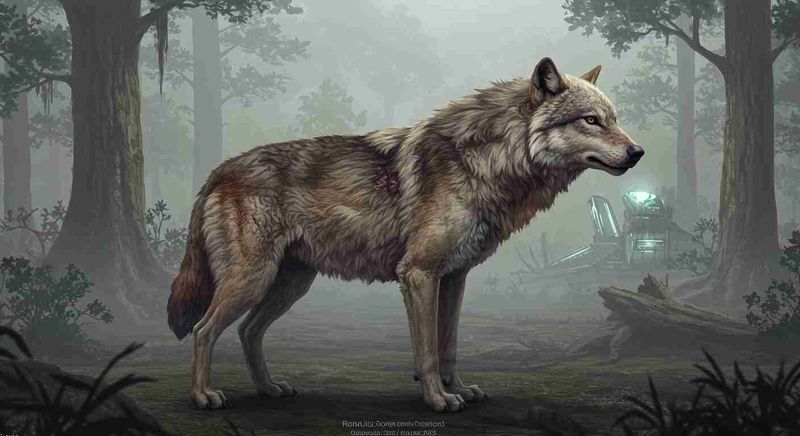
Genetic material from fossilized dire wolf remains is often degraded and incomplete. Scientists would likely need to fill in missing DNA sequences with genes from modern wolves or dogs.
This patchwork approach means we’d create a hybrid creature rather than an authentic dire wolf. The resulting animal might look similar but could behave quite differently from its ancient counterpart.
2. Where would these revived dire wolves live?

Finding appropriate habitat poses a major challenge. Modern landscapes have changed dramatically since dire wolves roamed North America thousands of years ago.
Urban development, climate change, and altered ecosystems mean their original territories no longer exist as they once did. Without massive wildlife corridors or protected reserves, these animals would have nowhere suitable to establish territories.
3. What would dire wolves eat in today’s world?
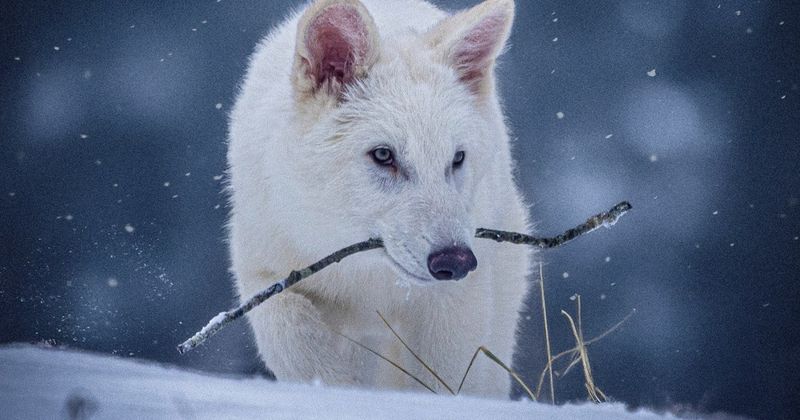
Dire wolves evolved to hunt large Pleistocene mammals like giant sloths and ancient bison—animals that no longer exist. Their hunting strategies and dietary needs were specialized for prey we can’t provide.
Would they adapt to hunting smaller modern animals? Or would they target livestock, creating conflicts with humans? Their feeding requirements could make sustainable management nearly impossible without constant human intervention.
4. How would existing wolf populations react?
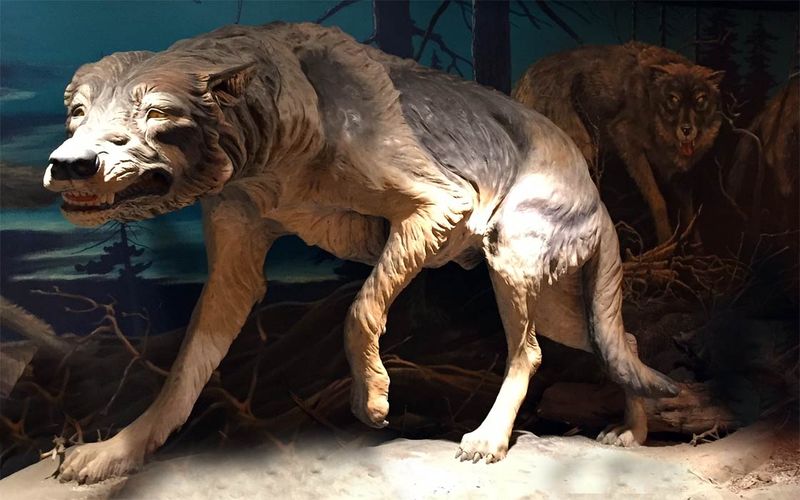
Gray wolves currently occupy ecological niches that dire wolves might compete for. Introducing a larger, potentially more aggressive wolf species could disrupt carefully balanced wolf recovery efforts.
Territorial conflicts might arise, possibly leading to hybridization or displacement of endangered wolf populations. Conservation biologists have spent decades protecting modern wolves—would dire wolf resurrection undermine this work?
5. Are we prepared for dire wolf behavior and social structure?
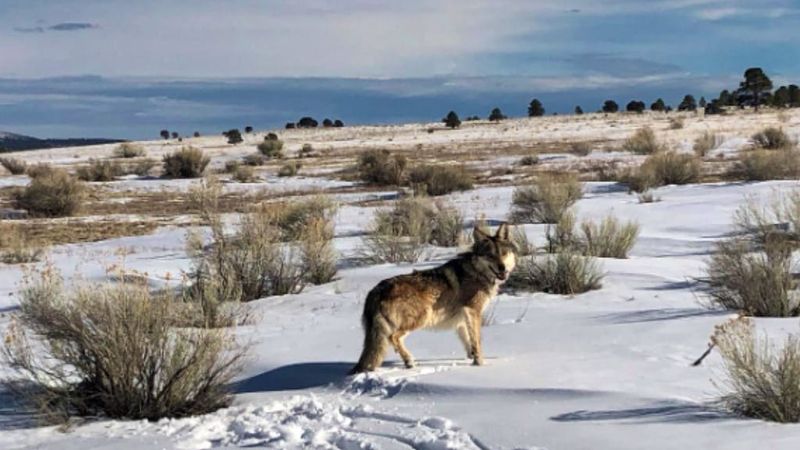
Modern wolves live in complex family packs with intricate social dynamics. Dire wolves likely had their own unique social structures that we can only guess at from fossils.
Without understanding their natural behaviors, how could we properly socialize captive-bred dire wolves? Poorly socialized large predators could develop unpredictable and dangerous behaviors, creating management nightmares for handlers.
6. Would dire wolves spread ancient diseases?
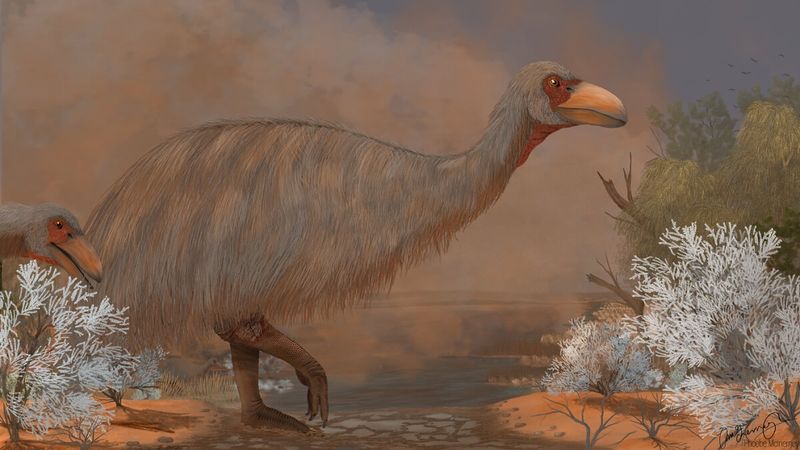
Ancient DNA might contain dormant pathogens that modern animals and humans have no immunity against. Reviving a species could accidentally resurrect extinct diseases along with it.
Remember how devastating introduced diseases have been historically? The 1918 flu pandemic killed millions. While unlikely, even a small chance of unleashing an ancient canine virus that could jump to other species presents a frightening risk.
7. Who would be legally responsible for dire wolves?

No legal framework exists for de-extinct species. Would they be classified as endangered, experimental, or something entirely new? Ownership, liability, and protection status remain completely undefined.
If a dire wolf injured someone or damaged property, who would be liable? The scientists who created it? The facility housing it? This legal gray area could lead to exploitation or abandonment if the novelty wears off.
8. What happens if dire wolves escape captivity?
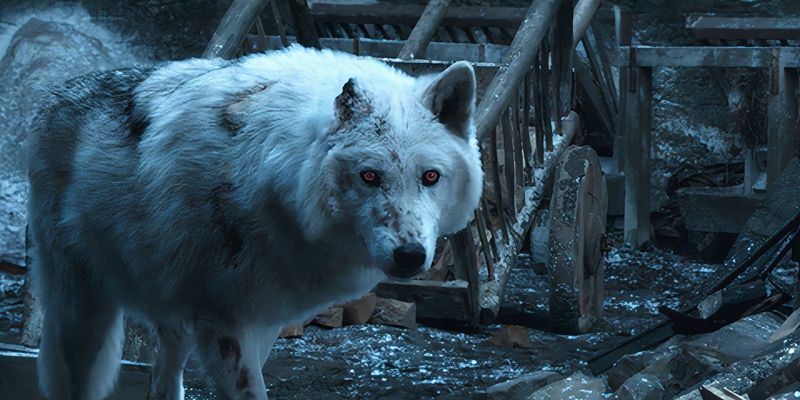
Jurassic Park taught us fictional lessons about containment failures, but real-world escapes happen regularly. Florida’s python problem began with released pets that now number in the thousands.
A breeding population of escaped dire wolves could become an invasive apex predator with no natural controls. Unlike modern wolves, they evolved without fear of humans and might be bolder about entering populated areas.
9. Is de-extinction funding better spent elsewhere?
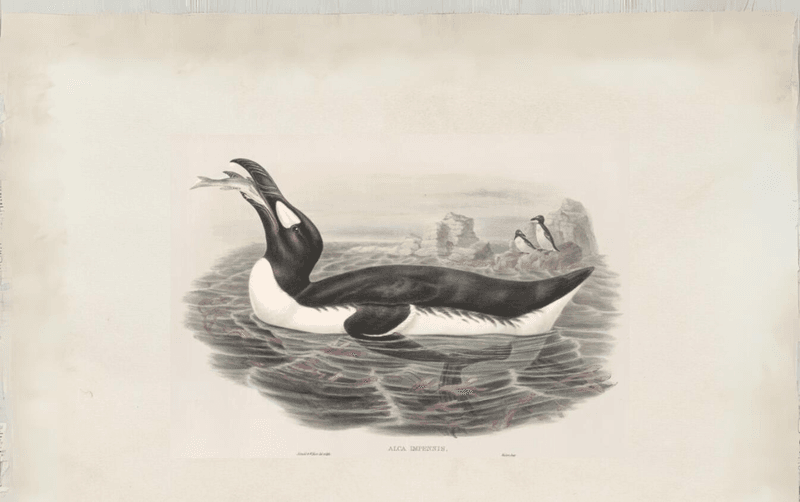
De-extinction projects require massive resources—potentially hundreds of millions of dollars. That same funding could protect thousands of currently endangered species and their habitats.
With limited conservation dollars available, is it ethical to spend extravagantly to resurrect one charismatic species? Many biologists argue we should focus on preventing extinctions happening right now rather than reversing past ones.
10. Would dire wolves suffer in modern captivity?
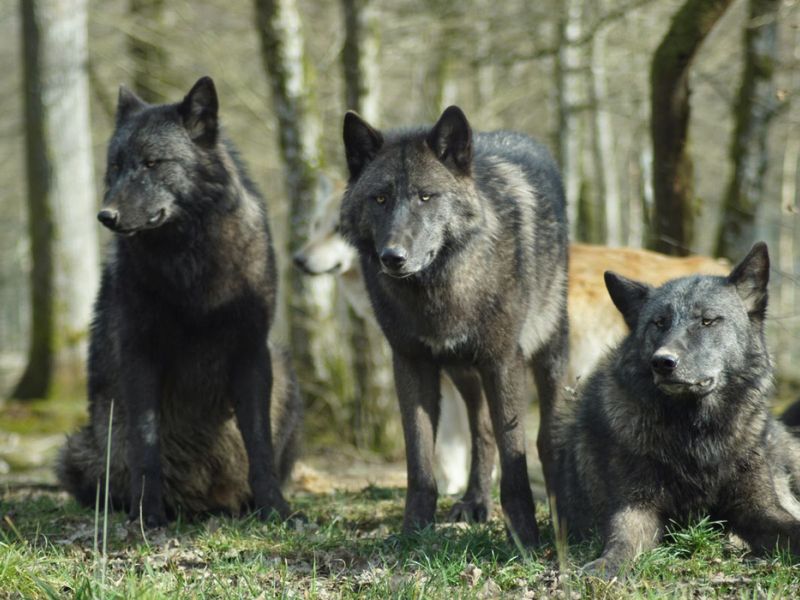
Modern zoos struggle to provide adequate environments for gray wolves, who often develop stereotypic behaviors like pacing. Dire wolves would likely require even larger territories and specific environmental conditions.
Creating psychologically healthy environments might be impossible. Would it be ethical to bring back an animal that can never experience its natural behaviors or fulfill its evolutionary drives?
11. How might climate change affect resurrected dire wolves?
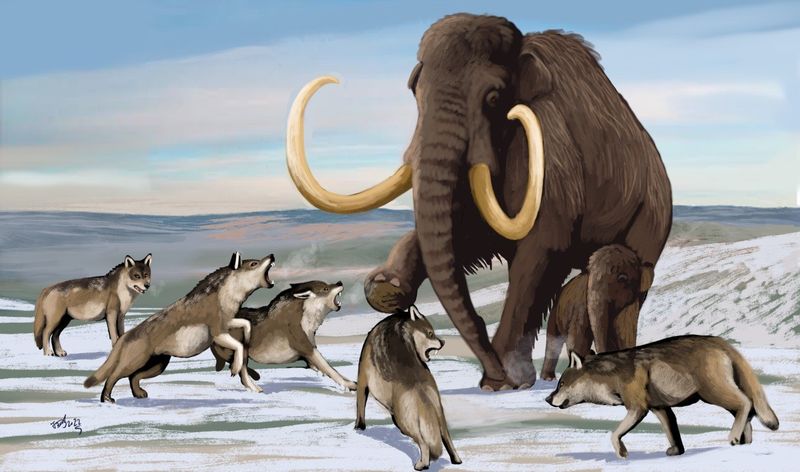
Dire wolves evolved for Ice Age conditions—cooler temperatures and different seasonal patterns than today’s warming world. Their thick coats and metabolic adaptations might make them poorly suited for our increasingly hot climate.
Would they suffer health problems in warmer regions? Could they only survive in artificially cooled environments? Their ancient physiology might be fundamentally incompatible with our rapidly changing planet.
12. Would dire wolves have natural immunity to modern diseases?
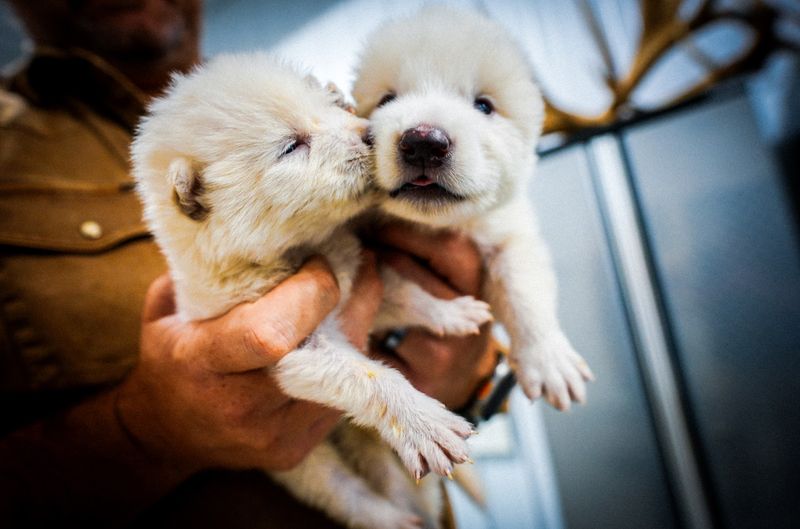
Modern canids face numerous diseases unknown in the Pleistocene era—parvovirus, distemper, heartworm, and more. Dire wolves would have no evolutionary exposure or immunity to these threats.
Keeping them healthy might require constant veterinary intervention, vaccines, and medications. Without natural resistance, even minor disease outbreaks could devastate their small founding population, potentially causing a second extinction.
13. What cultural impacts would dire wolf resurrection have?
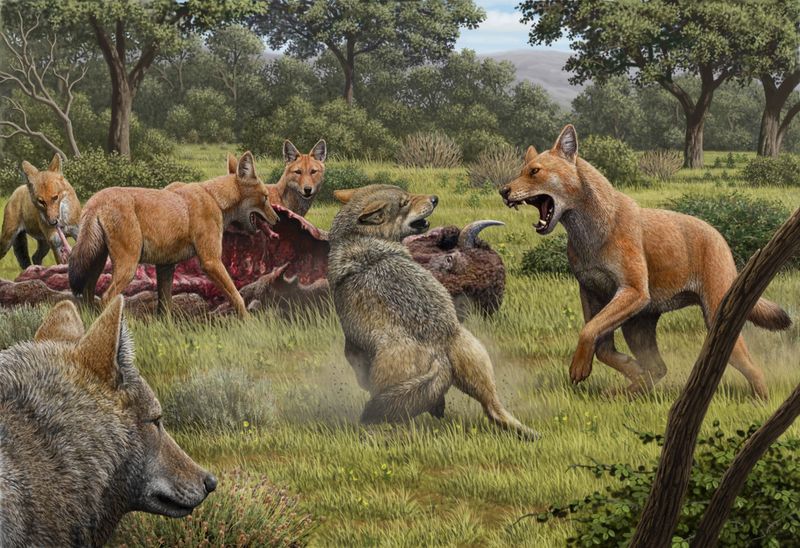
Popular culture has embraced dire wolves through Game of Thrones and other media, creating unrealistic expectations. Would the public be disappointed by real dire wolves that don’t match their fictional counterparts?
There’s also the risk of trivializing extinction itself. If people believe science can simply resurrect species, they might care less about preventing extinctions happening now. The “de-extinction illusion” could undermine conservation messaging.
14. How would we ensure genetic diversity?
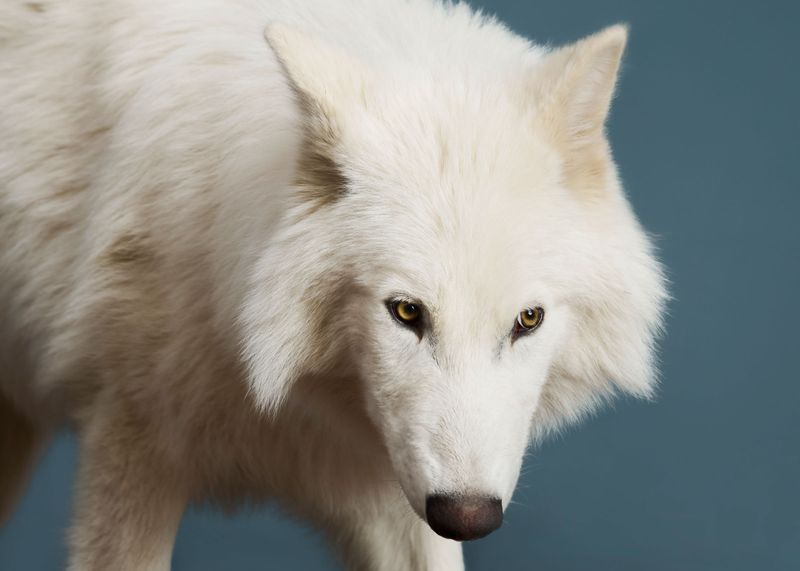
Starting a population from limited genetic samples creates dangerous bottlenecks. The extinct passenger pigeon de-extinction effort faces this exact problem—too little genetic diversity to create a healthy breeding population.
Without diverse genetics, dire wolves would face inbreeding depression, reduced fertility, and increased susceptibility to disease. Would we need to continuously create new genetic lines artificially to maintain the species?
15. Should we resurrect species we drove to extinction?
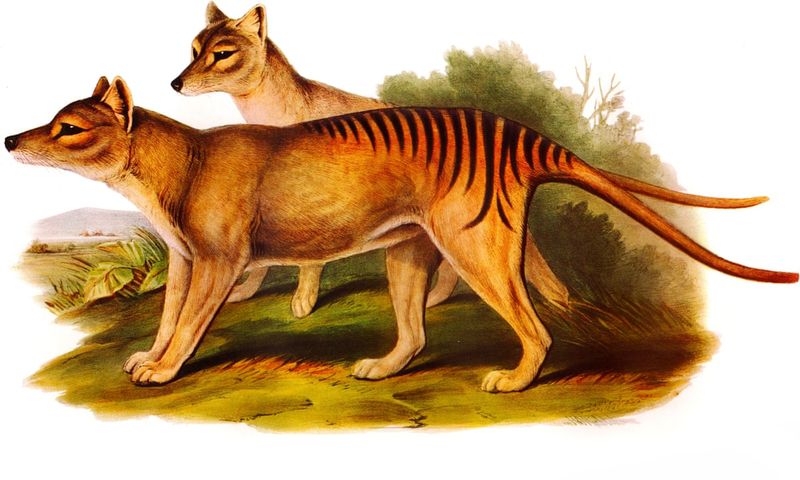
Human hunting likely contributed to dire wolf extinction as we competed for the same prey animals. There’s something troubling about bringing back a species our ancestors may have helped eliminate.
Are we resurrecting them for their benefit or our own curiosity? This fundamental ethical question applies to all de-extinction efforts. Perhaps our resources would be better spent ensuring we don’t repeat history with species still hanging on today.

